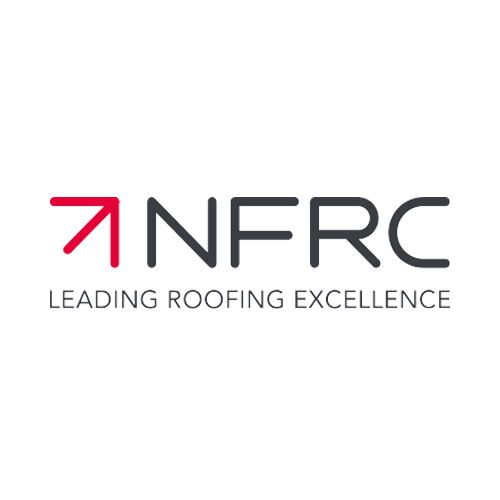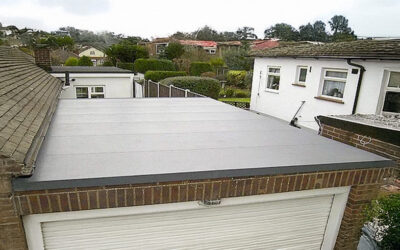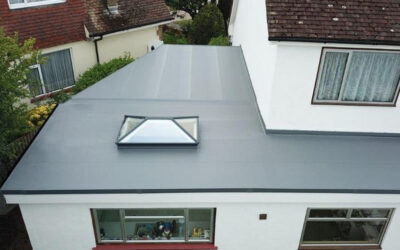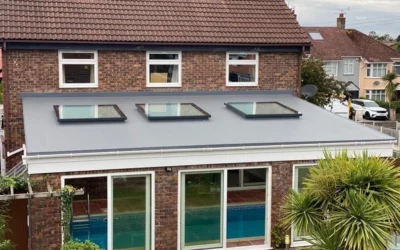Our single-ply membrane is the latest in flat roofing technology
If you’re having to consider replacing your current flat roof and have started to research possible solutions, it’s likely that you would have heard the term ‘roofing membrane’. And if you’ve always had a traditional felt flat roof, it is easy to get confused about the more modern options available.
When it comes to replacing your flat roof, it is important that you make the right decision as the materials involved – and their quality – can differ greatly. A roof’s duty is simple – it must prevent water from entering the property below, move water off the roof and offer warmth and insulation to the people and belongings it protects.
Traditionally, flat roofs were constructed using felt, tar or bitumen, and topped with gravel to add extra protection. However, these materials tend to degrade quickly, blistering and cracking in low or high temperatures. It’s no surprise that many insurance companies refuse to cover flat roofs over a certain age in their building policies.
But if you are now worrying about the quality or expense of alternative methods, fear not. Modern technology means that flat roofing materials have come on leaps and bounds. We now have fibreglass or single-ply flat roofing membrane to choose from.
Single-ply membrane roofing is used on flat or nearly flat commercial and domestic roofs. And these membranes can be made of synthetic rubber, modified bitumen or thermoplastic such as PVC.
Membrane roofing has been proven to provide far superior protection to its traditional counterparts. Flat roofing membranes have a much longer lifespan and can be installed to offer a completely seamless protective layer. And even if your flat roof requires seams, they are just as strong as the membrane material itself.
Traditional flat roofs require a lot of maintenance and if and when a leak does occur, it can be almost impossible to pinpoint the exact place in the roof that needs to be repaired. If, on the very rare occasion, a membrane flat roof was to leak, it is very easy to determine where the material has failed. This means repairs can be carried out quickly and easily, minimising any costly damage to the building below.
Felt and asphalt flat roofs require a layer of gravel to be laid on top of them. This is not just to reduce UV and sunlight damage but to weigh the felt or asphalt down as it simply sits on top of the roofing joists. Single ply flat roof membranes are attached directly to the building, which means a 100% waterproof layer that needs no excess weight to be added.
Which single-ply membranes should you choose?
Here at High-Tech Membrane Roofing, our chosen membrane systems are Anti Slip Protan Flat Roofing Systems, Sarnafil Waterproofing Systems and Alritra Membranes. Originally used in the commercial and local authority sectors, these maintenance-free single-ply PVC roofing membranes have a worldwide reputation for quality, durability and performance.
Offering the ultimate protection against the elements, our preferred single-ply flat roofing membranes are 100% watertight, environmentally friendly, unaffected by contraction or expansion, resistant to damaging moss, algae and UV rays and installed with our market-leading LIFETIME guarantee.
So if your felt flat roof is coming to the end of its life, give High-Tech Membrane Roofing a call – we will be more than happy to offer advice, guidance and a free, no-obligation site visit.




















